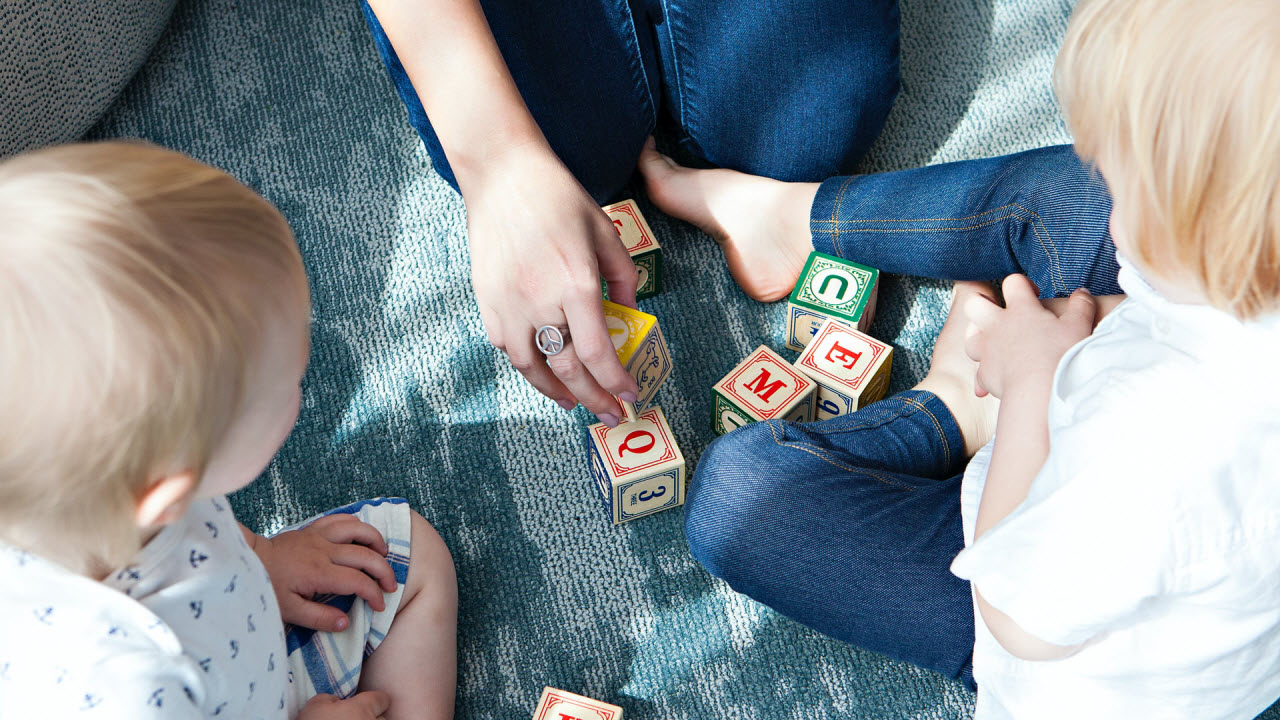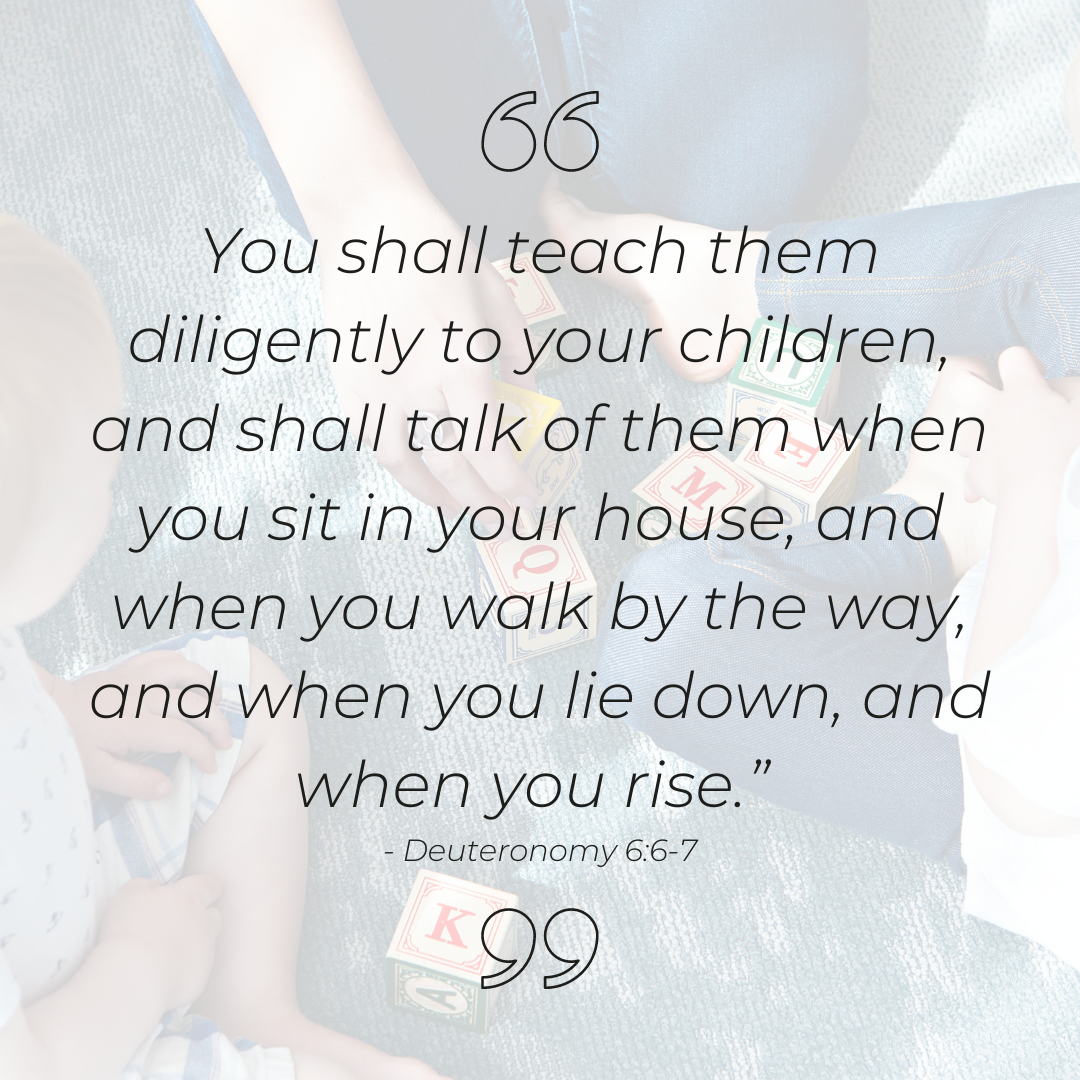When, What, and How to Teach Your Kids about Money
Trying to shape and mold another human being to grow up and be a productive and responsible person is difficult.

When do you start teaching kids about money?
Much of the way we think, feel, and believe is shaped in the early years of our childhood. It is the time when our brains form neuro pathways and fully develop. During the first seven years, children are very impressionable as they try to learn and make sense of the world. An excellent time to begin teaching kids about money is as soon as they become aware of money, which will most like occur between the ages of three and five.When your kids begin to ask for things they want, like a toy, a dress, or a coloring book, it’s time to teach them the value of money. I remember talking with our two daughters when they were 5 and 7 years old. My wife, Natalie, and I decided to begin giving them an allowance to teach them about money and encourage completing basic chores to keep our home more organized and clean.
We told them that daddy worked, and he earned a certain amount of money by working. Mommy’s work consisted of taking care of our home and providing for the daily needs of our family, which also included taking care of them. When daddy got paid, the money belonged to the whole family, and since it took everyone’s efforts to keep things running well in our home, we thought it fitting to pay them for doing their part. This system taught them the reward of work as well as the consequence of failing to do their work.
Although every child is different, and some may be more or less curious about money, you must begin asking them questions and answering their questions about money. Children love to learn at this age, and if you make it fun and easy to grasp the concepts of money, they will show interest and begin learning about it. If your child is already past this age group, don’t worry. It’s never too late to begin teaching your kids about money. Depending on their age, you may have to offer more teaching and instruction that provides both the philosophy of money (values and beliefs) and the practical ways of managing it (planning and budgeting). For help on finding the best way to educate your child on money, make sure to check out the resources linked at the bottom of the page to assist you, no matter the age of your child.What to Teach Your Kids About Money
The most important part we should teach our kids about money is what it is and what it means. Like so many other topics we teach our children, money is extensively portrayed and taught worldwide. The world’s perspective on money is often tainted depending on who is teaching it. Much, if not most, of the education on finances comes from financial institutions and media outlets that have a financial motivation to cover this topic. The best source for financial education is the Bible. God’s word is full of wisdom and instructions about wealth, riches, and money. Financial principles like earning, saving, debt, investing, borrowing, co-signing, and many others are clearly defined in the word of God. Teaching our children what God has to say about one of the most important resources they will manage in life is essential because money will impact many of the choices they will make. Having a proper perspective on it will help them avoid the trappings of money and wealth.Equally important is teaching kids how to practically manage money because they will make many mistakes and bad decisions without it. For younger kids, the 3-jar system of money management works great. This is made up of 3 jars labeled, Give, Save, and Spend. The first 10% goes into the Give jar, the next 10% to the Save jar, and the rest 80% goes toward Spending. We used this system until our daughters were 16 years old, and it worked.
Every payday after receiving their allowance, they split the money between these three jars. As they entered their teen years, we encouraged them to save for their first car by putting a bigger percentage of their allowance and any extra money they earned, in the Save jar, while cutting back on Spending. Then, when they started their first job, and the allowance stopped, we helped them create a basic written budget to plan their expenses and learn to keep up with their financial obligations.
Managing money isn’t the tricky part. After all, it’s just basic math; anyone can do it. The more complicated part of managing money is establishing the correct beliefs and having the right convictions about money.How to Teach Your Kids About Money
The most effective way to teach your kids about money is to be a good role model yourself. “More is caught than taught,” which means that whatever you teach your kids to do will not be as powerful or as convincing as to how you manage money yourself. Being a good role model doesn’t mean you won’t make any financial mistakes. It means that when you do, you’ll be honest about it with your kids and help them see the consequences of bad financial decisions so they’ll avoid them. Teaching your kids about money is no different than teaching them about any other important topic. The Bible tells us how to teach God’s commandments, principles, and statutes. “And these words that I command you today shall be on your heart. You shall teach them diligently to your children, and shall talk of them when you sit in your house, and when you walk by the way, and when you lie down, and when you rise.” (Deuteronomy 6:6-7)
Teaching kids about money is something we must do intentionally and consistently. It’s not an occasional lesson but rather something we teach and instill in them while we talk, listen, share our ambitions for their future, and do all kinds of things together. Teaching them about money should be done in the context of everyday life and every season of life because money, its value, and meaning in life, when properly understood, will equip them for a meaningful and fruitful life.
Teaching your kids about money is no different than teaching them about any other important topic. The Bible tells us how to teach God’s commandments, principles, and statutes. “And these words that I command you today shall be on your heart. You shall teach them diligently to your children, and shall talk of them when you sit in your house, and when you walk by the way, and when you lie down, and when you rise.” (Deuteronomy 6:6-7)
Teaching kids about money is something we must do intentionally and consistently. It’s not an occasional lesson but rather something we teach and instill in them while we talk, listen, share our ambitions for their future, and do all kinds of things together. Teaching them about money should be done in the context of everyday life and every season of life because money, its value, and meaning in life, when properly understood, will equip them for a meaningful and fruitful life.
Resources
Raising Financially Freed-Up Kids - Good Sense Movement Give, Save & Spend Teen Video Series - Compass Foundations in Personal Finance - Ramsey High School & College Courses - Ron Blue InstituteRelated Articles

October 17, 2025
Make a 30-Day List
Keep a 30-day list. Jot down everything you see and want to buy— but don’t absolutely need— and the date. Purchase only ...

October 17, 2025
A Money Transformation with Ron Blue
Money is never just about dollars and cents. It’s a window into our hearts, a test of our faith, and even a testimony to...

October 16, 2025
Investing in Precious Metals with Mark Biller
Gold has been surging this year—but what’s behind the rise, and what should investors keep in mind before buying in? ...